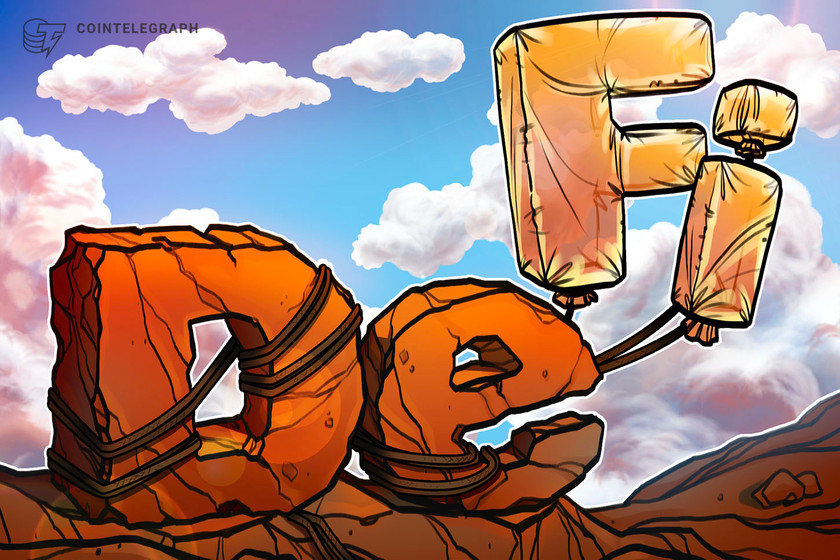Bitcoin miners earned $50B from BTC block rewards, fees since 2010
They may have seen some hard times, but overall, estimates conclude that Bitcoin miners are up 37% from their activities.
229 Total views
4 Total shares

Own this piece of history
Collect this article as an NFT
Bitcoin (BTC) miners have profited roughly 37% from mining Bitcoin since its inception, new data reveals.
Calculations from on-chain analytics firm Glassnode suggest that since 2010, fees and block reward subsidies have netted miners over $50 billion.
Bitcoin miner revenue passes $50 billion mark
Amid an ongoing debate over miner costs and susceptibility to Bitcoin price dips, new figures suggest that miners are firmly in the black in the long term.
According to Glassnode, miners’ total all-time income is almost 40% higher than their estimated costs, coming in at $50.2 billion versus $36.6 billion, respectively.

Researchers generated the numbers using two metrics: thermocap and transaction fees, which are “the cumulative sum of issuance multiplied by spot price in addition to all-time generated fee revenue” and difficulty production cost.
In a dedicated report in late March, Glassnode explained the nuances behind the calculations while arriving at the 37% profit margin still in place today.
“In this model, the Thermocap and Transaction Fees can be considered the realized revenue by miners, whilst the Difficulty Production Cost is considered the aggregate mining input expense,” the report explains.
The results counter fears that too low a BTC/USD price could spark mass capitulation across the mining industry, which continues to grow.
Bitcoin network fundamentals support the argument, with difficulty and hash rate both hitting new all-time highs throughout 2023.
Current estimates from BTC.com, however, predict that this week’s difficulty adjustment will be the first negative one for Bitcoin since mid-February, 2023.

Bitcoin transaction fees spike higher
Meanwhile, an influx of newly-created unspent transaction outputs (UTXOs) thanks to ordinals is rapidly making on-chain transactions less appealing this month.
Related: BTC price may need a $24.4K dip as Bitcoin speculators stay in profit
Glassnode shows these created UTXOs spiking to their highest levels since 2015 in May, with fees rising accordingly.

Blockchain.com has the 1-day moving average transaction fee rate at $6.91 for May 2 — more than at any time since July 2021.

Magazine: How to control the AIs and incentivize the humans with crypto
This article does not contain investment advice or recommendations. Every investment and trading move involves risk, and readers should conduct their own research when making a decision.









